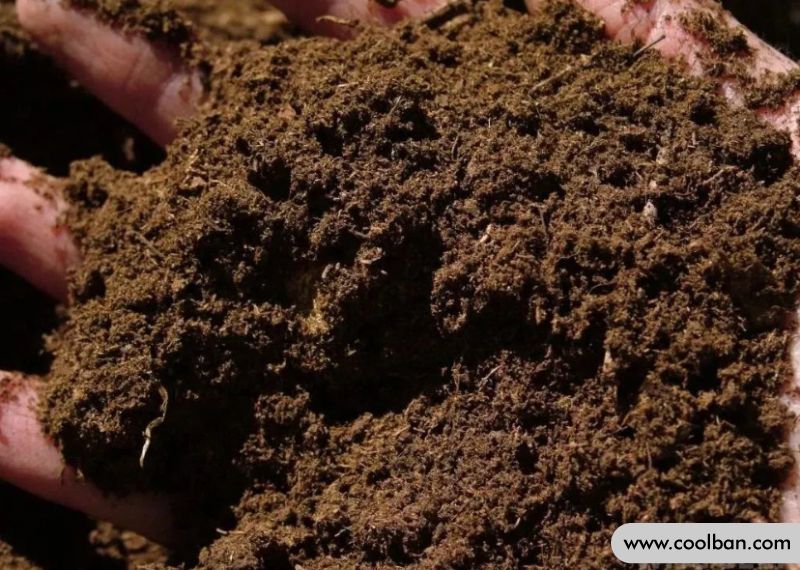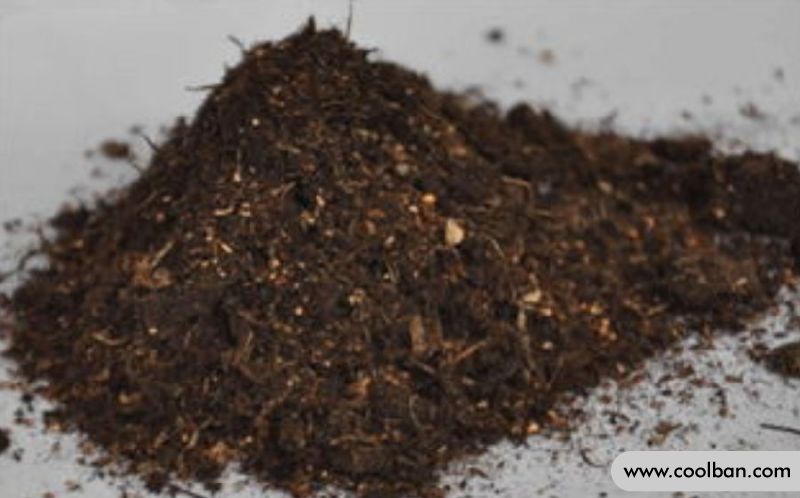Is peat soil a soil?
When it comes to gardening, three elements are the most important: water, soil, and sunlight, but different species follow different standards for these three elements. Today, I will introduce a kind of soil that is very suitable for horticultural planting - peat soil.

What is peat soil?
Peat soil refers to the soil in which peat layers are formed in the shallow waters and valleys of certain rivers and lakes due to the long-term accumulation of water and dense aquatic plants in the absence of oxygen. Peatlands can be subdivided into aquatic wetlands and peatland peatlands. The main difference between these two types of peatlands is the conditions in which they were formed.
Peat soil takes a long time to form and is a non-renewable resource. It is a non-renewable resource. Peat soil is common in Europe and has long been used in horticulture. It is also rich in organic matter, has good water retention and irrigation performance, and is stable in physical and chemical properties, so it is widely used.
Peat soil is an ideal substrate for growing flowers, and it can effectively reduce pests and diseases. The legendary all-purpose soil formula is: peat soil + perlite + vermiculite = all-purpose soil! Perlite is breathable, but although it is breathable, it does not retain water, so vermiculite is added to retain moisture.

The main composition of peat soil:
Peat is mainly composed of bryophytes, it is not actually soil, it is artificially mixed into the soil to make it more conducive to the growth of plants and flowers, so peat soil is created.
It has the advantages of very fine particles, good water retention, and clean soil without compaction, but it is slightly more expensive. For dry seedlings, you should add perlite, fine sand, or other coarse particles to increase permeability.

Characteristics of peat soil:
The peat soil looks dark and greasy in appearance. Peat soil for growing flowers is airtight because there is very little fiber in the soil. It has no impurities, is not easy to form agglomeration, and has good air permeability, but of course its disadvantage is that its cost is relatively high.
Before planting on peat soil, mix the peat soil until it is slightly damp so it can be easily clumped together, then spread by pressing. If you put it in a pot and soak it, it will absorb moisture easily.
Different types of peat are used at different stages, and some peat soils also contain clays and wetting agents.

Fiber types of peat soil and suitable plants:
Fine fiber: 0-5 mm, without fertilizer, suitable for growing seedlings of low-nutrient plants.
Fine fiber: 0-5 mm, with fertilizer, suitable for growing fertilizer-rich plants.
Medium fiber: 0-25mm, without fertilizer, suitable for planting and transplanting grass and flowers, succulent bulbs.
Crude fiber: 0-70 mm, without fertilizer, suitable for growing acid-tolerant potted plants such as blueberries and rhododendrons, and woody plants such as spruce.
I haven't used it myself, but I've been told by florists that 10-30mm is the most popular on the market as a potting substrate, followed by 0-10mm for sowing, but no additions or treatments are required, so it can be sown directly.

When using it, it should be noted that peat soil is too water-resistant, and perlite needs to be used. Otherwise, if it does not dry for ten days and a half after watering, the plant will easily rot its roots. In addition, Dahan is mostly a fertilizer-free substrate, with no or little nutrients and trace elements, so a good mixture of fertilizers and trace elements is required. If you get to know the habits of plants gradually, you can learn how to grow them.
